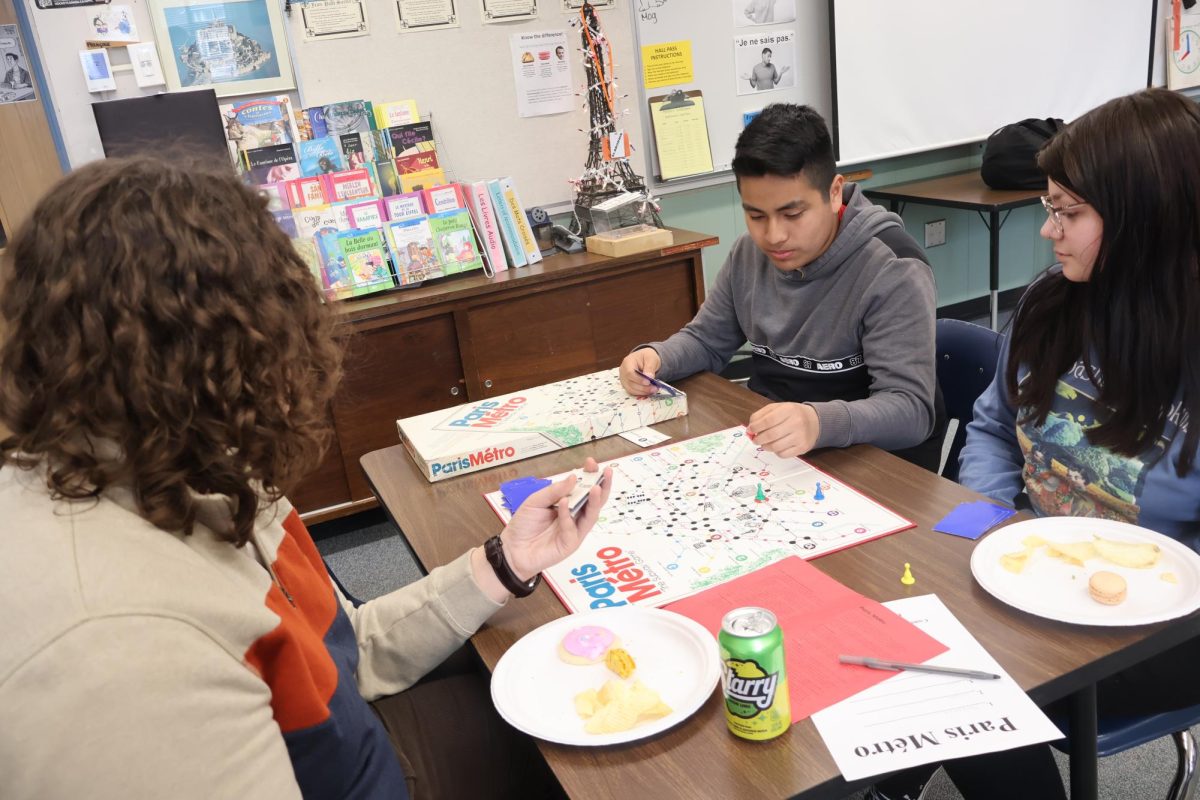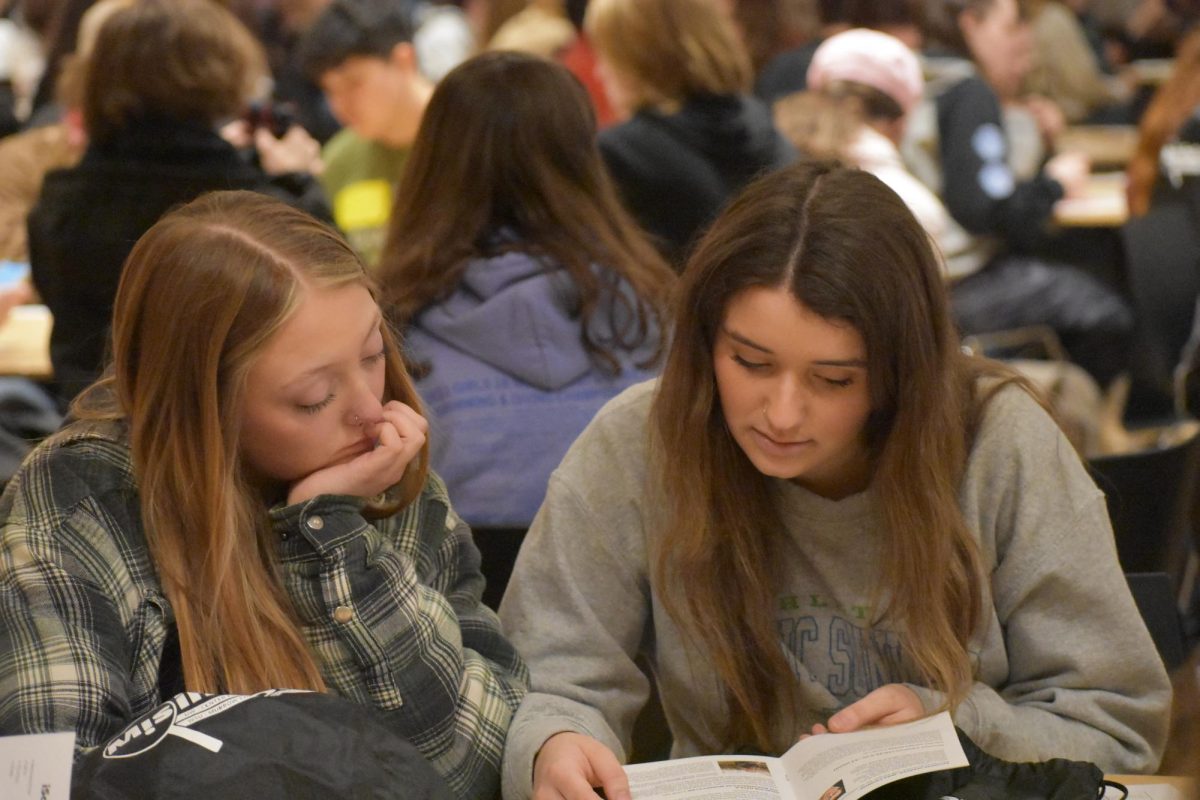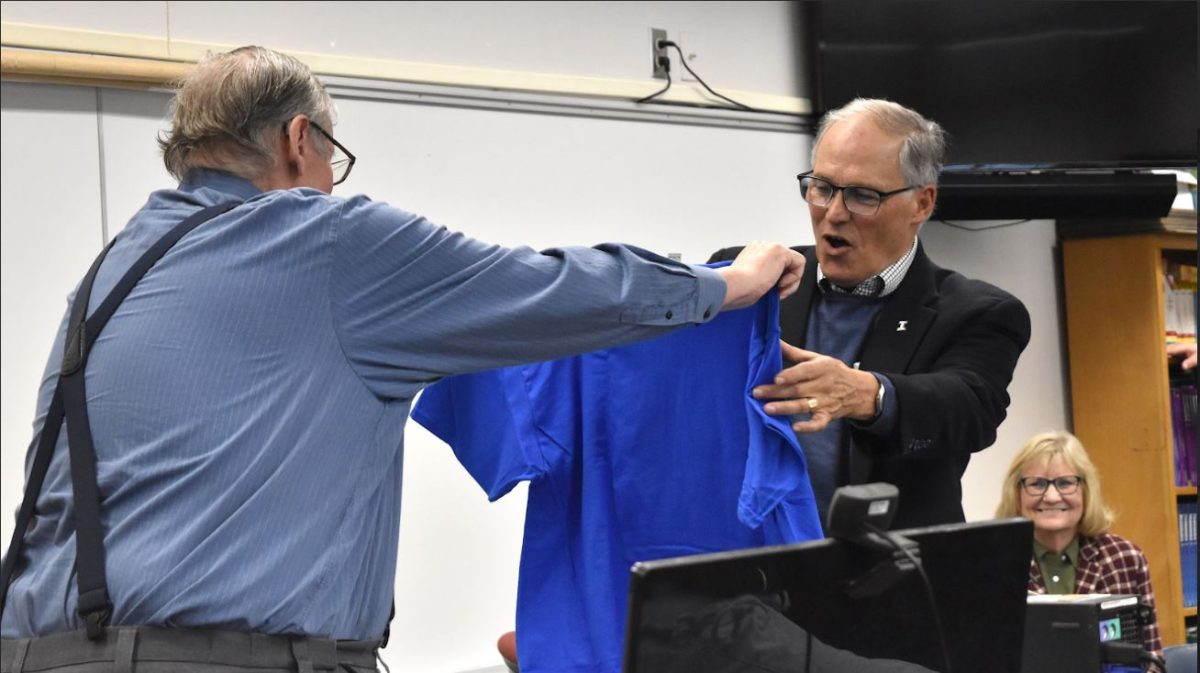By SWHS Counselor Zoe Kapan
Self-Injury has become a common theme and activity across all grade levels, K-12. It is a trend that is commonly referred to as “cutting”, which refers to the process in which students will deliberately hurt one’s body to inflict pain without the intent of committing suicide. The damage of self-injury is rarely life-threatening and is often done on areas of the body which are easily hidden.
Steven Levenkron, author of Cutting: Understanding and Overcoming Self-Mutilation, stated that “self-mutilation is a truly gruesome behavior accompanied by cosmetically gruesome results” (p. 22). Long-term self-injury harm can lead to extensive scaring or skin deformation.
Individuals who I consider to be authentic self-injury participants are motivated by a psychological compulsion. When they cut or harm themselves they are usually in a trance state, seeking out the blood and pain that comes with the injury. It is a very private experience. These individuals are not looking for attention or concerned with the damage or outcome of the injury. Instead, these individuals are drawn by the compulsion to commit these acts and its physical pain which provides them with a deep calming effect.
Many individuals use self-injury acts as a way to release the emotional pain, numbness, or anger they are experiencing and turn that emotion into something tangible – something they can feel and experience.
Research has shown that 70% of individuals who repeatedly use self-injury practices will use several methods (on average: 2-4 methods) to inflict damage. This behavior can also be accompanied by other mental health disorders such as anxiety, depression, anorexia nervosa/bulimia, and/or obsessive compulsive behavior.
Often times, students will be too embarrassed or afraid to confide in parents about their self-injury behavior, relying on peers as their sole source of support.
Research has shown that teens who engage in self-injuring practices tend to have a primary support group that is composed of peers performing similar behaviors.
Students who are self-injury participants usually bond together not because of their behaviors but because they share the pain, intensity, and negative emotions and experiences that sparked the behavior to begin with. These relationships can be seen as both beneficial and toxic. It is great that these peers have someone who “gets it” however, if both individuals have limited coping skills to manage their urges and behaviors it could lead to greater emotional problems and issues.







